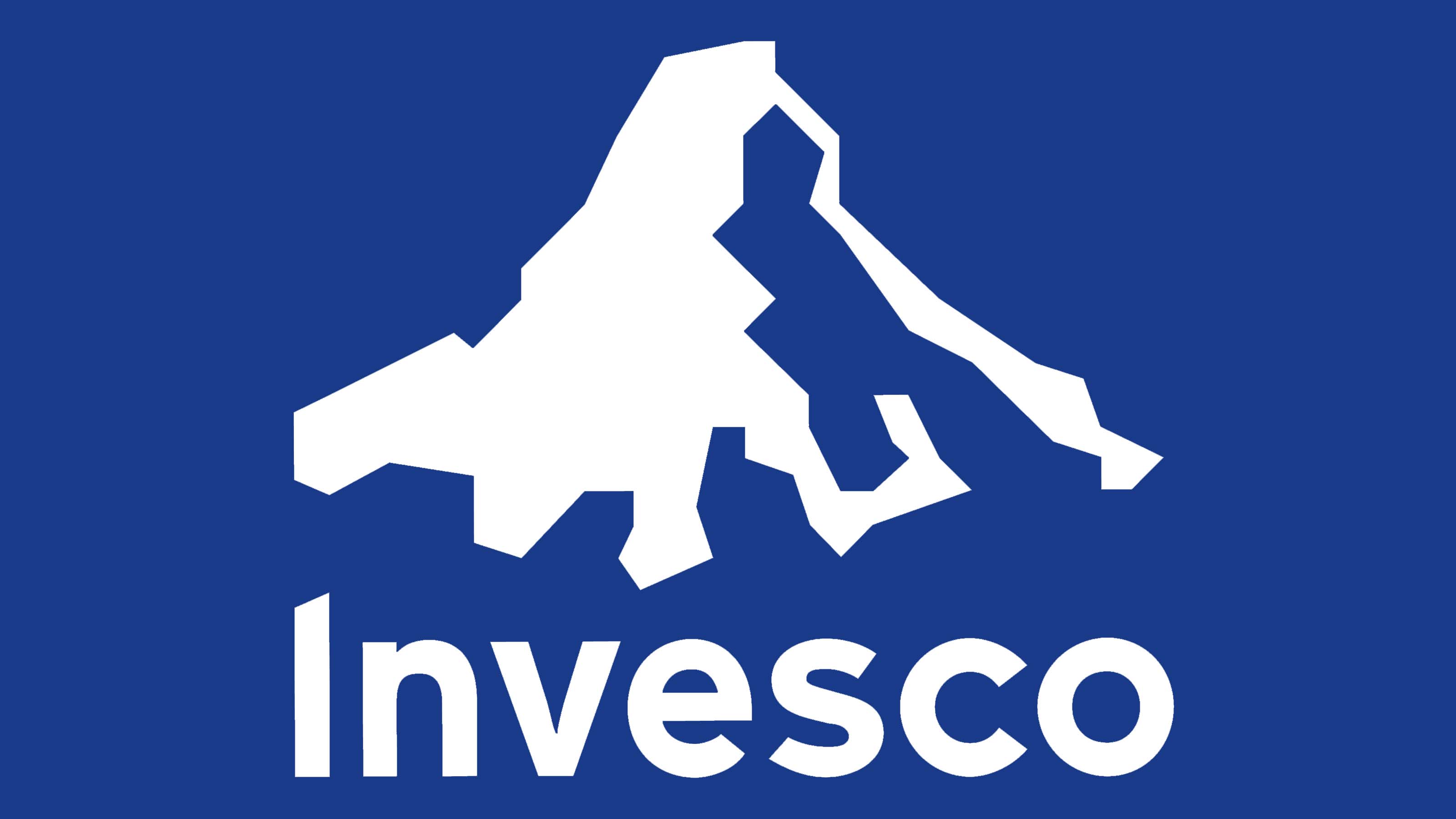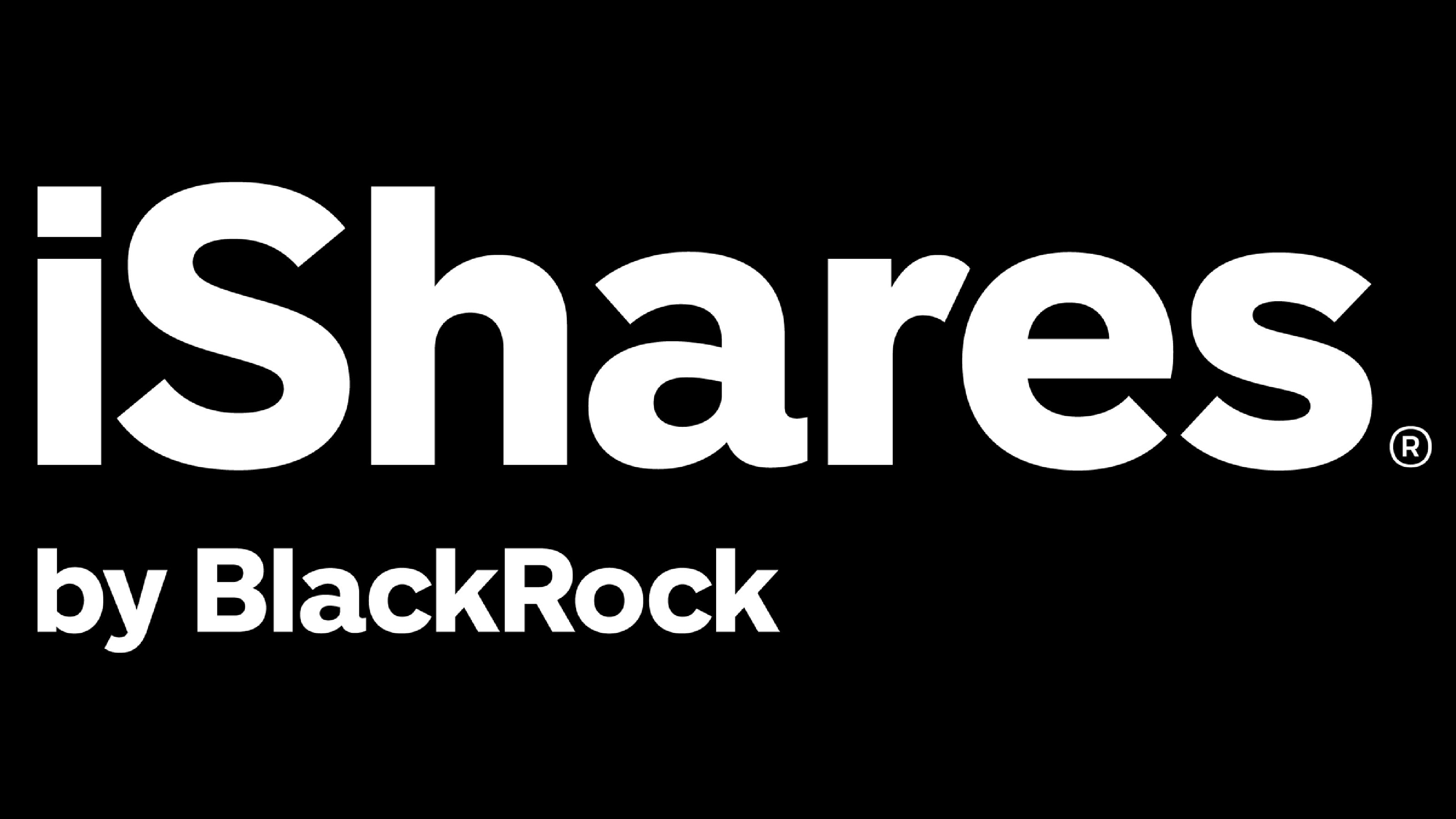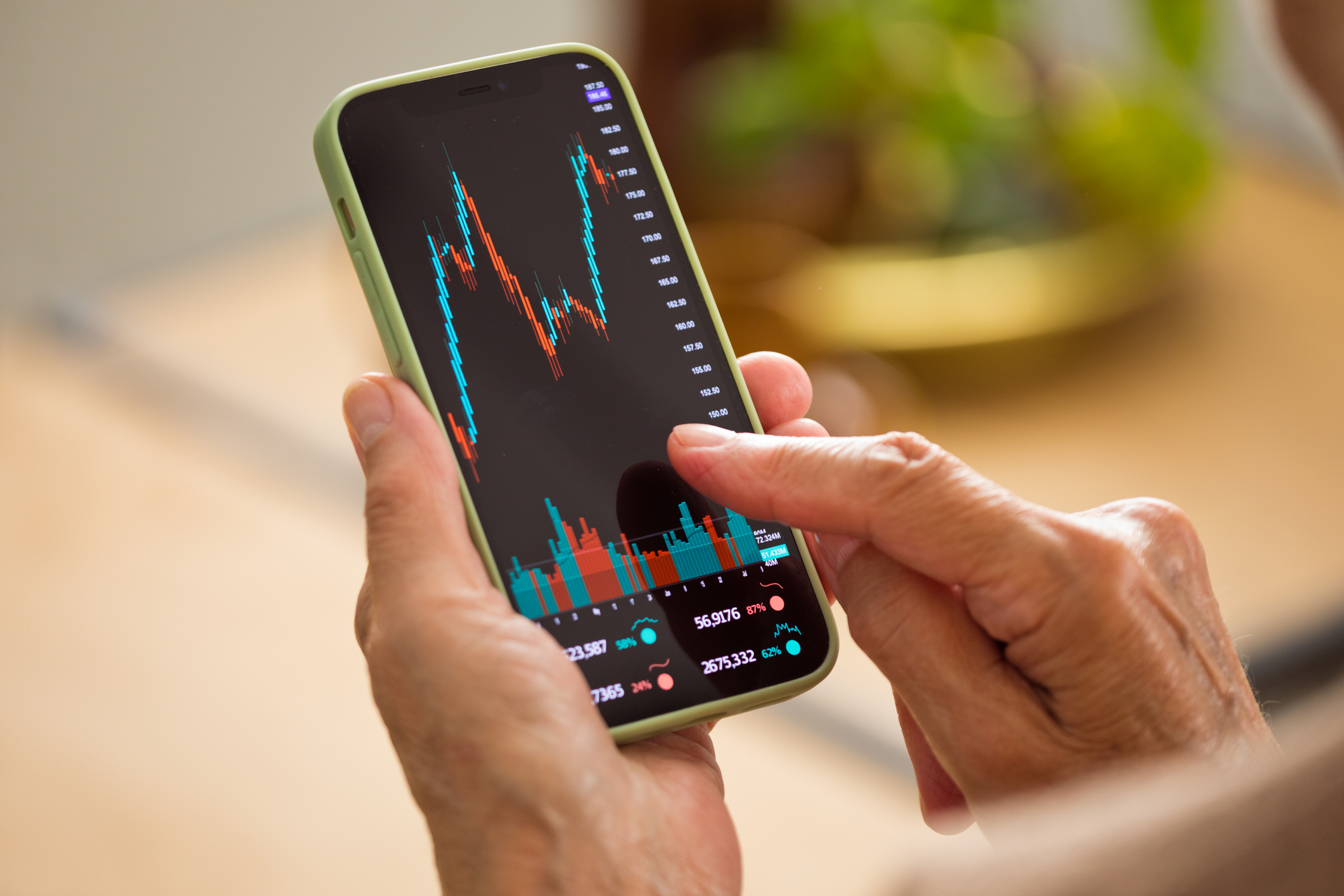Best Low-Volatility ETFs for When the Market Is a Roller Coaster
It's been a volatile few weeks for the stock market, and that has investors sniffing out low-volatility ETFs. Let's talk about their strengths and their limitations.


The past few years have seen extreme volatility in the stock market.
And an uptick in uncertainty in the early weeks of the second Trump administration has sparked curiosity about a special brand of exchange-traded funds: low-volatility ETFs.
The stock market has done well in recent years thanks to an increased appetite for riskier assets – including many high-flying growth stocks. But it's worth remembering that uncertainty remains the name of the game.
Indeed, there are still plenty of unanswered questions for investors, including those about the Federal Reserve's monetary plans, geopolitical unrest and the unfolding consequences of the November 2024 U.S. presidential election.
Any one of these could spark more volatility in the markets.
Pros and cons of low-volatility ETFs
If you're looking to get back into the market in a responsible way, or if you're simply looking to rejigger your portfolio to reflect the new reality on Wall Street, low-volatility ETFs are an interesting option.
They allow investors access to the stock market, but with a lower risk profile than the typical index fund.
However, it's important to know that while these funds are good can often reduce overall volatility over longer time periods, they still can suffer mightily against sudden market shocks.
So, make sure to check what's inside.
The simple fact that they're meant to reduce volatility doesn't mean they're immune. It's also worth noting that even the best ETFs to buy for low volatility carry the risk of underperformance.
As the old saying goes, higher risk often can result in higher returns and excluding more dynamic companies might hold your portfolio back in the long run.
But if you want additional peace of mind or are more concerned with capital preservation than growth, the following nine low-volatility ETFs all have something to offer.
Data is as of February 28. Dividend yields represent the trailing 12-month yield, which is a standard measure for equity funds.

Invesco S&P 500 Low Volatility ETF
- Assets under management: $7.7 billion
- Dividend yield: 1.7%
- Expenses: 0.25%, or $25 annually for every $10,000 invested
The largest and most established option among low-volatility ETFs is the Invesco S&P 500 Low Volatility ETF (SPLV, $74.52).
SPLV commands nearly $8 billion in assets under management, and it provides the most liquid option out there, with an average daily volume around 1.5 million shares.
This fund is a bit more selective than some of the other low-vol ETF options on this list. SPLV limits its portfolio to only large domestic stocks that are part of the S&P 500 Index then picks the top 100 names off that list that have the lowest realized volatility over the past year.
The top three holdings in SPLV are soft drink maker Coca-Cola (KO), professional services firm Marsh & McLennan (MMC) and Warren Buffett's holding company Berkshire Hathaway (BRK.B).
It's worth noting that the weightings for all the stocks in the SPLV portfolio are roughly between 1% and 1.4%. This is thanks to a regular rebalancing that keeps the money spread around fairly equally.
If you're looking to replace your broad-based large-cap holdings with a low-volatility option, SPLV provides one of the simplest ways to get beyond the standard S&P 500 index funds.

iShares MSCI EAFE Min Vol Factor ETF
- Assets under management: $5.1 billion
- Dividend yield: 3.1%
- Expenses: 0.20%
The iShares MSCI EAFE Min Vol Factor ETF (EFAV, $75.57) is an international fund that focuses on "EAFE" companies instead of domestic ones – that is, those headquartered in Europe, Australasia and the Far East.
That doesn't mean they only do business in these regions. Many of EFAV's holdings are multinational names you might recognize. This includes Swiss insurer Zurich Insurance Group (ZURBY), German telecom Deutsche Telekom (DTEGY) and pharma giant Novartis (NVS).
When looking at the portfolio's geography, Japan leads with about 25% of assets, followed by Switzerland at 13% and the U.K. at about 11%.
Though foreign, these countries are quite similar to the U.S. in both their economic might and their investor protections. So if you're looking for low-volatility ETFs that provide diversification outside of domestic stocks, EFAV is a great option.

iShares MSCI Emerging Markets Min Vol Factor ETF
- Assets under management: $4.1 billion
- Dividend yield: 3.5%
- Expenses: 0.26%
Looking even farther afield, the iShares MSCI Emerging Markets Min Vol Factor ETF (EEMV, $57.45) is a low-volatility ETF option that focuses only on emerging markets to provide exposure to these high-growth regions in a lower-risk way.
This fund is well-established with about $4 billion in assets at present, proving that even in times of trouble there is a large cohort of investors that are interested in this strategy.
"Stocks listed in emerging markets are usually riskier than their developed-markets counterparts for a variety of reasons," writes Morningstar analyst Daniel Sotiroff. "But EEMV takes some of the edge off by systematically targeting less risky stocks and combining them in a way that's designed to cut back on volatility."
The breakdown by country is China at 24%, followed by India (22%) and Taiwan (15%). By individual holdings, top stocks are state-owned Bank of China, Taiwan's Chunghwa Telecom (CHT) and India-based telecom Bharti Airtel.
But with roughly 350 holdings, there are plenty of smaller and relatively unknown emerging markets options out there, too.
And with a methodology that prioritizes low volatility over high growth potential, you can have faith that you won't be sticking your neck out on the riskiest companies in these regions.

Invesco S&P 500 High Dividend Low Volatility ETF
- Assets under management: $3.5 billion
- Dividend yield: 3.2%
- Expenses: 0.30%
If you're interested in taking a more tactical approach to low-volatility ETFs than simply layering on a screen by geography, the Invesco S&P 500 High Dividend Low Volatility ETF (SPHD, $50.54) offers a strategy that looks to reduce your volatility as it maximizes your income potential.
It does this through a very focused investing approach, targeting the top 75 stocks in the S&P 500 with the highest dividend yields, though no more than 10 stocks from a single sector can be included.
From there, the fund narrows it down to the 50 or so stocks with the lowest volatility. Leading positions in SPHD include tobacco giant Altria Group (MO), blue chip telecom Verizon Communications (VZ) and telecom infrastructure REIT stock Crown Castle (CCI).
These picks are representative of the approach of this low-volatility ETF, as it buys into large and entrenched companies with a strong history of dividends. And there's a great yield here for those looking for income.
But keep in mind that this fund isn't as diversified as some other offerings, with a small list of holdings and a bias toward a handful of sectors. Specifically, SPHD has about 20% in real estate, 17% utility stocks and 16% in consumer staples.

iShares MSCI Global Min Vol Factor ETF
- Assets under management: $3.4 billion
- Dividend yield: 2.2%
- Expenses: 0.20%
If you don't want to mix and match with multiple low-volatility ETFs from around the world, then consider the iShares MSCI Global Min Vol Factor ETF (ACWV, $115.03), which takes a more comprehensive approach.
As the name implies, this global fund holds about 400 large stocks that exhibit low-volatility characteristics. About 60% of holdings are in the U.S., the remainder from foreign markets.
This fund has risen to the occasion and outperformed the benchmark MSCI ACWI Index each time a turbulent market has tested it, writes Morningstar analyst Ryan Jackson.
However, the analyst notes that it hasn't done as well during bull markets. Still, it offers "downside protection that should continue to breed a more attractive risk/reward profile than the broad global market."
Top low-volatility stocks in the portfolio telecom T-Mobile (TMUS) and big box retailer Walmart (WMT). You'll also find companies from Japan (10% of the portfolio) and China (6%), among others, on this list.
If you're looking for a single holding to invest in a diversified way with a lower risk profile, then this global low-volatility ETF could be worth a closer look.

Invesco S&P MidCap Low Volatility ETF
- Assets under management: $782.7 million
- Dividend yield: 2.2%
- Expenses: 0.25%
Another more tactical way to play low-volatility ETFs is to focus on the next tier of the market down from your usual blue chip stocks.
That's where the Invesco S&P MidCap Low Volatility ETF (XMLV, $62.48) comes in. This fund excludes the big guys and instead goes for the "goldilocks" mid-cap stocks that are not too big and not too small.
"These companies have established their competitive positions in the marketplace and validated their products and distribution, which may make them less volatile than their small cap peers," writes Canadian mutual fund and ETF provider Mackenzie Financial. "Mid caps tend to exhibit the staying power of larger businesses but may still have substantial growth opportunities ahead."
Current XMLV holdings include Minnesota-based utility stock ALLETE (ALE) and consumer products company AptarGroup (ATR) as well as dozens of other stocks that are mostly under the $10 billion mark in overall market value.
These picks are components of the S&P MidCap 400 Index – that is, the next 400 stocks in line when you get past the larger S&P 500 Index of blue chip stocks.
And then, XMLV layers on a screen to hand pick the top 20% of companies with the lowest realized volatility over the past 12 months. That gives you a focused list of about 80 solid mid caps.

Vanguard Short-Term Bond ETF
- Assets under management: $33.6 billion
- SEC yield: 4.4%*
- Expenses: 0.03%
Though the words "low volatility" aren't in this ETF's name, there is perhaps no more solid investment out there than highly rated, short-dated bonds.
That's what the Vanguard Short-Term Bond ETF (BSV, $78.11) provides exposure to, with more than 70% of the portfolio getting top AAA ratings thanks to a large focus on U.S. Treasuries.
Most of the remaining portfolio is in highly rated corporate debt from rock-solid companies like Bank of America (BAC) or JPMorgan Chase (JPM).
With a focus on highly qualified borrowers and an effective maturity of less than three years across the portfolio, this ETF is focused on investments that are all but certain to come through. After all, if Uncle Sam goes bankrupt in the next 24 to 36 months, we all have bigger problems than our retirement accounts!
What's more, a rising interest-rate environment has pushed the yields of this short-term fund up to significant levels that are roughly three times the yield on the S&P 500 right now.
That's a good source of income as well as a decent hedge against future declines.
* SEC yields reflect the interest earned after deducting fund expenses for the most recent 30-day period and are a standard measure for bond and preferred-stock funds.

iShares Preferred and Income Securities ETF
- Assets under management: $14.8 billion
- Dividend yield: 6.3%
- Expenses: 0.46%
Similar to bonds, preferred stock is a special class of investment that gets prioritized over common stock and comes with a much larger dividend payment.
It's still subordinate to bonds and debt holders in the event of a default, giving it a higher risk profile, but it's less volatile and "preferred" by many income investors to common stock.
The iShares Preferred and Income Securities ETF (PFF, $31.85) is one of the most popular ways to play this trend, with a massive portfolio of 440 individual holdings.
These include preferred stock from utilities like NextEra Energy (NEE), financials like Wells Fargo (WFC), telecoms like AT&T (T) and other mature and capital intensive companies that regularly need to raise cash through preferred stock.
One word of warning: Banks are one of the most common issuers of preferred stock, so about two-thirds of this fund is in the financial sector.
This could certainly be a concern, but given the lower volatility profile of preferred stock vs common stock, along with the high income potential, that still makes PFF worth a look.

Utilities Select Sector SPDR Fund
- Assets under management: $17.9 billion
- Dividend yield: 2.8%
- Expenses: 0.08%
Historically, utility stocks are among those with the lowest volatility compared with other fast-moving sectors like technology.
That's in part because of the fact that power and water are necessities for businesses and consumers alike, with strong baseline demand in any market environment.
But the solid nature of utilities is also reinforced by structural factors that include strict regulatory oversight, regional monopolies in some markets, and high barriers to entry from competitors.
The largest utilities ETF out there, the Utilities Select Sector SPDR Fund (XLU, $79.22), is the go-to way to play this sector. It holds only 31 stocks, but they are the biggest and most established utility stocks in the U.S.
Top holdings include NextEra Energy, Southern (SO) and Duke Energy (DUK).
As proof of its low-volatility credentials, this fund was relatively flat in calendar 2022, while the broader S&P 500 lost nearly 20%. That shows how utilities can hang tough even when the rest of Wall Street is in trouble.
Learn more about XLU at the State Street provider site.
Related content
Get Kiplinger Today newsletter — free
Profit and prosper with the best of Kiplinger's advice on investing, taxes, retirement, personal finance and much more. Delivered daily. Enter your email in the box and click Sign Me Up.

Jeff Reeves writes about equity markets and exchange-traded funds for Kiplinger. A veteran journalist with extensive capital markets experience, Jeff has written about Wall Street and investing since 2008. His work has appeared in numerous respected finance outlets, including CNBC, the Fox Business Network, the Wall Street Journal digital network, USA Today and CNN Money.
-
 Doing This With Your 401(k) Could Cost You $18,000
Doing This With Your 401(k) Could Cost You $18,000Your old 401(k) accounts may be slowly bleeding money — because the power of compounding can work against you, too.
By Christy Bieber
-
 Smart Places to Park Your Money During Market Volatility if You’re Nearing Retirement
Smart Places to Park Your Money During Market Volatility if You’re Nearing RetirementLearn how to use high-yield savings accounts, CDs, Treasury securities, annuities and dividend stocks to stay steady in uncertain times.
By Dori Zinn
-
 Three Options for Retirees With Concentrated Stock Positions
Three Options for Retirees With Concentrated Stock PositionsIf a significant chunk of your portfolio is tied up in a single stock, you'll need to make sure it won't disrupt your retirement and legacy goals. Here's how.
By Evan T. Beach, CFP®, AWMA®
-
 Four Reasons It May Be Time to Shop for New Insurance
Four Reasons It May Be Time to Shop for New InsuranceYou may be unhappy with your insurance for any number of reasons, so once you've decided to shop, what is appropriate (or inappropriate) timing?
By Karl Susman, CPCU, LUTCF, CIC, CSFP, CFS, CPIA, AAI-M, PLCS
-
 Stock Market Today: Stocks Rise on Good Volatility
Stock Market Today: Stocks Rise on Good VolatilityInvestors, traders and speculators continue to process the "known unknown" of global tariff-and-trade war negotiations.
By David Dittman
-
 Before You Invest Like a Politician, Consider This Dilemma
Before You Invest Like a Politician, Consider This DilemmaAs apps that track congressional stock trading become more popular, investors need to take into consideration some caveats.
By Ryan K. Snover, Investment Adviser Representative
-
 How to Put Together Your Personal Net Worth Statement
How to Put Together Your Personal Net Worth StatementNow that tax season is over for most of us, it's the perfect time to organize your assets and liabilities to assess your financial wellness.
By Denise McClain, JD, CPA
-
 Stock Market Today: Trump Retreats, Markets Rejoice
Stock Market Today: Trump Retreats, Markets RejoiceStocks rally, yields soften, the dollar rises, and even beaten-down names enjoy the wages of potential trade peace.
By David Dittman
-
 Tesla Stock Pops as Elon Musk Promises DOGE Draw Back
Tesla Stock Pops as Elon Musk Promises DOGE Draw BackTesla reported a sharp drop in first-quarter earnings and sales, as the EV maker suffered a backlash to its CEO's political ambitions.
By Karee Venema
-
 Bouncing Back: New Tunes for Millennials Trying to Make It
Bouncing Back: New Tunes for Millennials Trying to Make ItAdele's mournful melodies kick off this generation's financial playlist, but with the right plan, Millennials can finish strong.
By Alvina Lo
